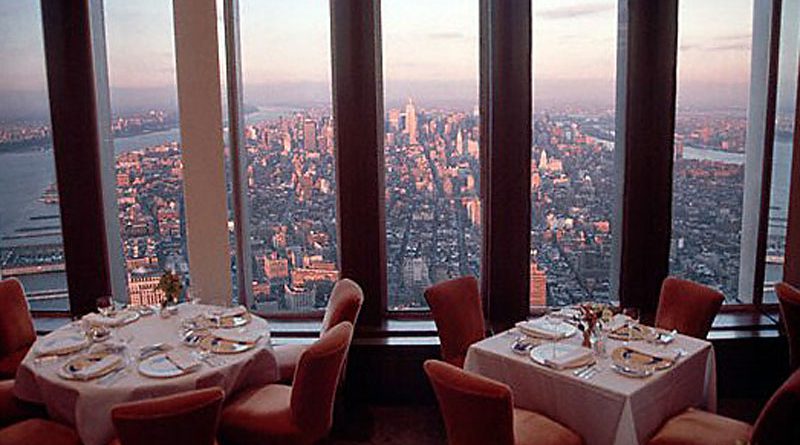|
My unrealized proposal for the Ground Zero Memorial:
Proposal for Ground Zero Memorial. This proposed memorial is intended to commemorate the events of September 11, 2001; the destruction of the World Trade Center in New York by terrorist-hijacked aircraft, and the deaths—of WTC workers, and of the rescue personnel—which resulted. It is incumbent upon any memorial to recall that day's events with as much immediacy as possible. That day saw an act of war released upon the United States; commemorating the dead must take place side by side with commemorating the acts which caused their deaths. Anything less does dishonor to those who died. While no memorial can adequately portray all aspects of the shock and horror of that day, it is still necessary to attempt to represent the day's events in such a way that future generations will both have the opportunity to experience an echo of that day itself, and to have a means of recalling those who were lost and the circumstances under which they died. The proposal has three parts: I. An eternal flame. A) The World Trade Center will be represented in scale, sculpted in cast stainless steel. The towers will stand 10 feet high, and will be represented at the moment after the second plane hit. B) Each of the two towers of the World Trade Center will have an eternal flame to commemorate those killed, the flames designed to reproduce the event itself. II. A sunken plaza on the site of the World Trade Center. A) The scale model of the Towers, with their eternal flames, will be set in a sunken plaza on the site of the World Trade Center. The plaza will be paved with colored terrazzo with bronze outlines, which will depict a map to scale of lower Manhattan, with its streets and blocks; of Brooklyn; and of Liberty Island. B) The buildings for an area of two blocks immediately surrounding the World Trade Center will be represented in bronze, cast to scale, to give an idea of how the WTC dominated its immediate landscape. The outer sides of the outer buildings (i.e., on the sides facing away from the WTC) will be sculpted away roughly, so that the buildings taper off into the bronze outlines of the street blocks in the map on the plaza floor. C) The pylons of the Manhattan and Brooklyn bridges on the Manhattan side will be cast in scale in bronze. The cable spans will run from those pylons into bronze lines into the terrazzo, which will lead to the Brooklyn map portion of the plaza. D) The Statue of Liberty will be sculpted to scale in bronze, and stand on the Liberty Island portion of the terrazzo map on the plaza floor. E) A scattering of bronze flakes, representing the thousands of pages of memoranda which scattered on the updraft of the burning Trade Center, will be embedded in the terrazzo over the maps of Lower Manhattan and Brooklyn, in the pattern in which they spread. III. A memorial to the fallen. A) The plaza will be surrounded by a retaining wall on which will be carved the names of the victims. Civilians, police, and firefighters will be listed in alphabetical order in separate sections. B) Landscaping of shrubs, trees and flowers may be done on earth behind the retaining wall. Visitors to this memorial will see the World Trade Center as it was, just before it fell. They will be able to walk as giants amid the towers of Lower Manhattan—but will nonetheless be able to gain a feeling for the immensity of the destruction. They will have the opportunity to reflect on the scale of the attack; on the horror of the day; on the loss of the victims and the sacrifice of the heroes. The event, and the dead, will be memorialized with factual representation, and without propaganda. What the visitors feel, and what they bring away from the site, will depend upon the visitors themselves—but those who come to mourn, or who come to feel anger, will be able to do so.
|
